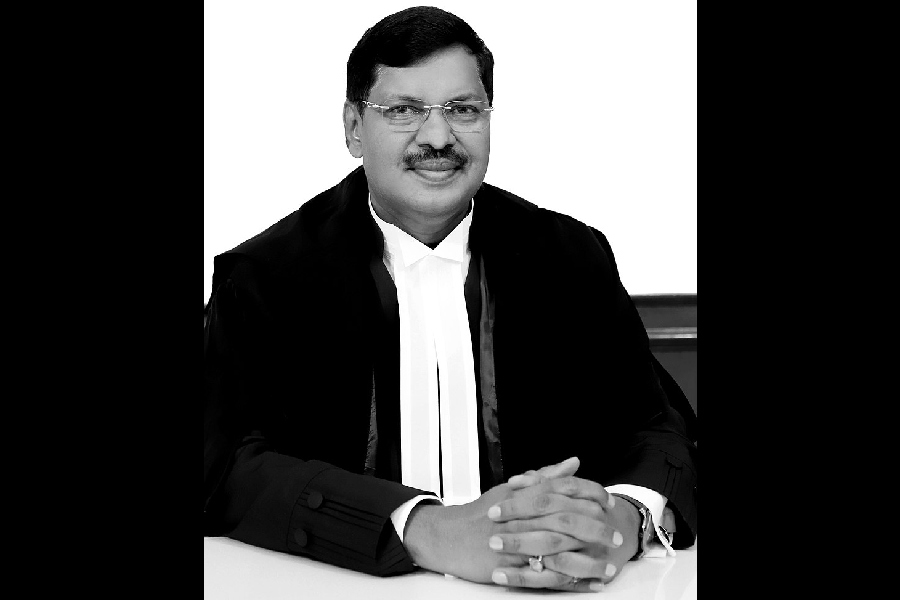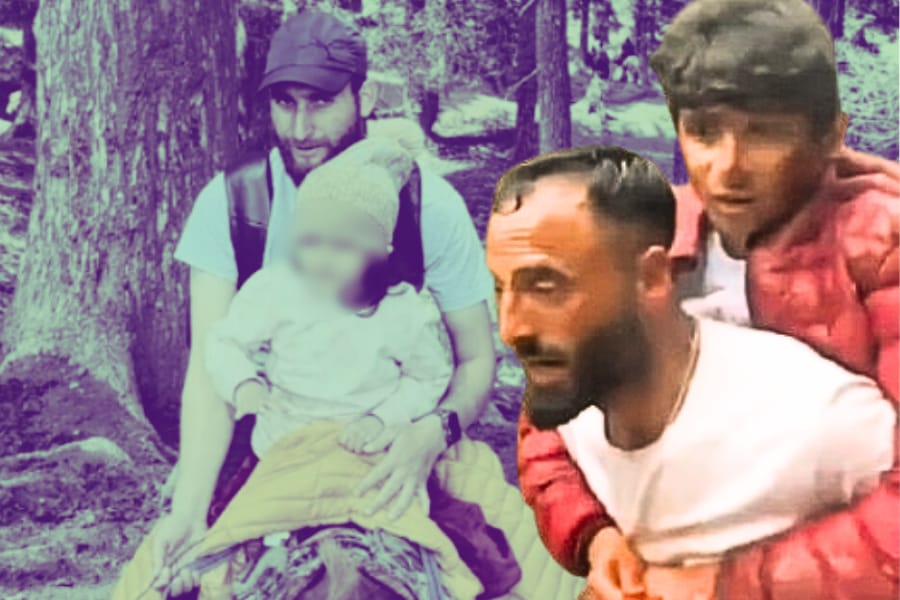|
|
| Forster with Bob Buckingham c.1934 |
E.M. FORSTER: A NEW LIFE By Wendy Moffat, Bloomsbury, Rs 999
It is difficult to fathom the newness of this biography of E.M. Forster. Apart from giving a gratuitously detailed account of Forster’s sex life, or dwelling on the pathetic lack of it, Wendy Moffat’s book makes practically no advance on P.N. Furbank’s classic two-volume authorized biography. Compared to Furbank’s restrained but luminous prose, Moffat’s style is chatty, with a touch of high drama, and pitched more at Richard & Judy’s Book Club than at serious readers of life-writing. Her reading of the literary material is half-baked and her survey of intellectual history haphazard. She also habitually lapses into abrupt digressions, often at the expense of chronology, which can be confusing for the reader.
By turning Forster’s closeted homosexuality into the raison d’être of his life and work, Moffat commits the cardinal sin of most queer theorists: to focus on the sex life at the exclusion of all else. Fred Kaplan’s and Colm Tóibín’s variously queerified retellings of Henry James’s life are cases in point. Moffat’s subject was not even quite as secretive about his sexuality as James was. Forster confided in close friends like Florence Barger, often in importunate detail, his delights and disappointments in love, although he kept up a veneer of Victorian reserve in public. Forster also left hints, even in his early novels, enough to tease the queer reader. In The Longest Journey, for instance, “just where [Gerald, a sexy rustic lad,] began to be beautiful the clothes started”.
By the time he died in 1970, leaving behind dozens of unpublished stories and the novel, Maurice, based on homosexual themes, Forster had become cautiously candid in print as well. From a genteel Edwardian born in 1879 he became a modern man of letters, who defended Radclyffe Hall’s lesbian novel, The Well of Loneliness, against charges of obscenity, and gave the most important testimony in support of Lawrence at the Lady Chatterley trial. His arch references to his sexual conquests of bus-drivers and conductors (for whom he reserved a special fondness) as “respectability has been parted with” was replaced by the vocabulary of a generation of emancipated “buggers” — Auden, Isherwood, J.R. Ackerley — who were not squeamish about having a good time.
However, privacy was of utmost concern to him. All his adult life, Forster occasionally took up what he called his “Sex Diary” to muse and meditate on his sexuality, or to simply distract himself, as a maiden aunt takes up her knitting to keep herself occupied. Moffat’s access to this precious document, as well as to papers that were out of bounds till 2008, provide much of the juice in Forster’s “impeccably ordinary” life (to quote William Plomer). But Forster did live through an extraordinary period in history. He was 16 during the Wilde trials (1895), 18 when Sexual Inversion, by Havelock Ellis and J.A. Symonds, was published in 1897, witnessed the rise of psychoanalysis, persecution of homosexuals during World War II, various changes in gender and sexual norms, and finally, the decriminalization of homosexuality in Britain in 1967.
Moffat is, understandably, full of warm admiration for Forster the “gay historian” who did not compromise his integrity by treading the sterile, though socially approved, path of matrimony. Forster’s resolute celibacy can be appreciated fully if one recalls that even a seasoned queen like Lytton Strachey had proposed marriage to Virginia Woolf. Hugh Meredith, a fellow student at Cambridge and the first major love of Forster’s life, succumbed to wedded misery. But Forster was not overtly political about his sexuality either. He was always anxious to spare his mother and his lover, Bob Buckingham, a married family man, the shame of disclosure. (Incidentally, after Forster’s death at the age of 91, Bob, his lover for 40 years, denied having anything deeper than a chaste friendship with him.) Apprehensive, lacking in self-esteem, always going out of his way to help friends with money, Forster had a mousiness about him (Strachey referred to him as “la taupe”, French for mole) that inspired Woolf’s acid remark, “The middle age of buggers is not to be contemplated without horror.”
Moffat’s account runs the risk of turning Forster’s life more exemplary than it probably was. She takes pity on his abject infatuation with married, straight or unattainable men but never quite probes the psychosexual underpinnings of such propensities. Moffat has relatively little to add to existing criticism of Forster’s writings — except for a perceptive section on Forster’s biography of Goldsworthy Lowes Dickinson — but, at least, she cannot be faulted on this count. Although a gifted story-teller, Forster never wrote prose that put a heart in peril. In spite of his love of rough, he was no Genet. He chose to focus on the milieu he knew best: the suburban, university-educated British middle class. There is really not much more that one can say about Forster’s interests in fiction. Woolf said of Wells, Galsworthy and Bennett, “they spend immense skill and immense industry making the trivial and the transitory appear the true and enduring”. Her remark could apply to Forster as well.
The true measure of Forster’s gift lay in his affable, diffident and upright personality. He was utterly clearheaded about himself. After his successful debut, Where Angels Fear to Tread, he wrote to Robert Trevelyan, “My equipment is frightfully limited, but so good in parts that I want to do with it what I can.” Falling in love with Syed Ross Masood, his Indian student, he wondered “Is the enigma him or his nationality?” India and Alexandria, each in its own way, turned him into a sadder and a wiser man, while America bestowed on him the mantle of greatness, even though he never ceased to underplay his stature in public.
With his drollery and piquancy, Forster probably made a far better luncheon companion than a novelist. He could be stimulating when he spoke to common readers in the tone of tea-time conversation. The Clarke Lectures of 1927, which became Aspects of the Novel, reveal him at his liveliest. Decidedly modest, keeping away from the limelight, Forster did not consider himself worthy of biographical interest till late in life. After meeting Nick Furbank in his last years, he decided to leave the closet through a posthumous biography that would tell the truth about his life. And the man he had chosen for the task did a very fine job. Moffat need not have bothered.












